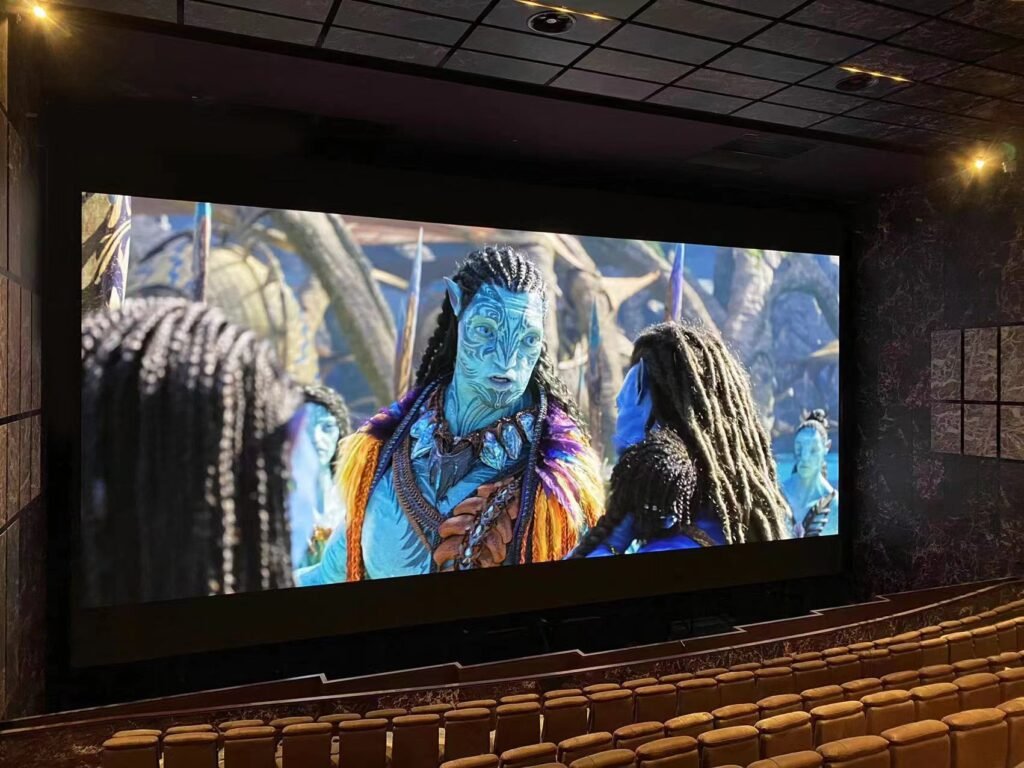How big are movie screens?
The screen size, aspect ratio, and viewing distance all play a crucial role in creating the perfect cinematic experience for audiences. So, just how big are movie screens, and what factors should you consider when choosing the right screen for your viewing pleasure?
Movie screens can vary in size, with the most common being the standard 16:9 aspect ratio screens. These screens are typically found in most modern theaters and provide a wide and expansive viewing experience. However, there are also larger screens with wider aspect ratios, such as 2.35:1 or even 2.39:1, which are often used for epic and panoramic films. The size and aspect ratio of a movie screen can greatly impact the way a film is presented, allowing viewers to fully immerse themselves in the action and spectacle unfolding before them.
When it comes to choosing the right screen size, it’s important to consider the viewing distance. The ideal viewing distance for a movie screen is typically around 1.5 to 2 times the screen width. This ensures that viewers can take in the entire picture without having to strain their eyes or neck. For larger screens, such as those with wider aspect ratios, a greater viewing distance may be required to fully appreciate the cinematic scope of the film.

In recent years, the trend of larger movie screens has become increasingly popular, with many theaters opting for larger and more immersive screens to enhance the viewing experience. IMAX and other premium large format (PLF) screens have become a staple in many theaters, offering audiences a truly larger-than-life cinematic experience. These screens often boast larger sizes and enhanced aspect ratios, allowing viewers to feel fully enveloped by the film.
The size and aspect ratio of a movie screen can also impact the way a film is presented, with certain aspect ratios being better suited for specific types of films. For example, Timewaying installed the HeyLED 20m PLF in Haikou,China, which can achieve autostereoscopy effect, and it is very popular among audiences. HeyLED delivers an immersive cinema experience by combining superior image quality with HDR content, greater colour gamut and increased picture uniformity. By understanding the impact of screen size and aspect ratio, audiences can gain a deeper appreciation for the art of cinematic storytelling.
All in all, the size and aspect ratio of movie screens play a crucial role in creating an immersive and larger-than-life viewing experience. Whether it’s the standard 16:9 aspect ratio or a wider, panoramic screen, the right screen size and aspect ratio can greatly enhance the way a film is presented. By considering factors such as viewing distance and the type of film being shown, audiences can fully appreciate the magic of the movies on screens that are designed to captivate and enthrall. So, the next time you find yourself in front of a movie screen, take a moment to appreciate the art and science behind its size and aspect ratio, and let yourself be transported into the world of cinematic wonder.